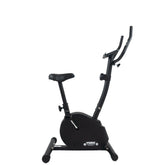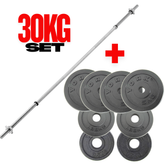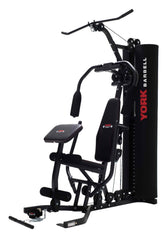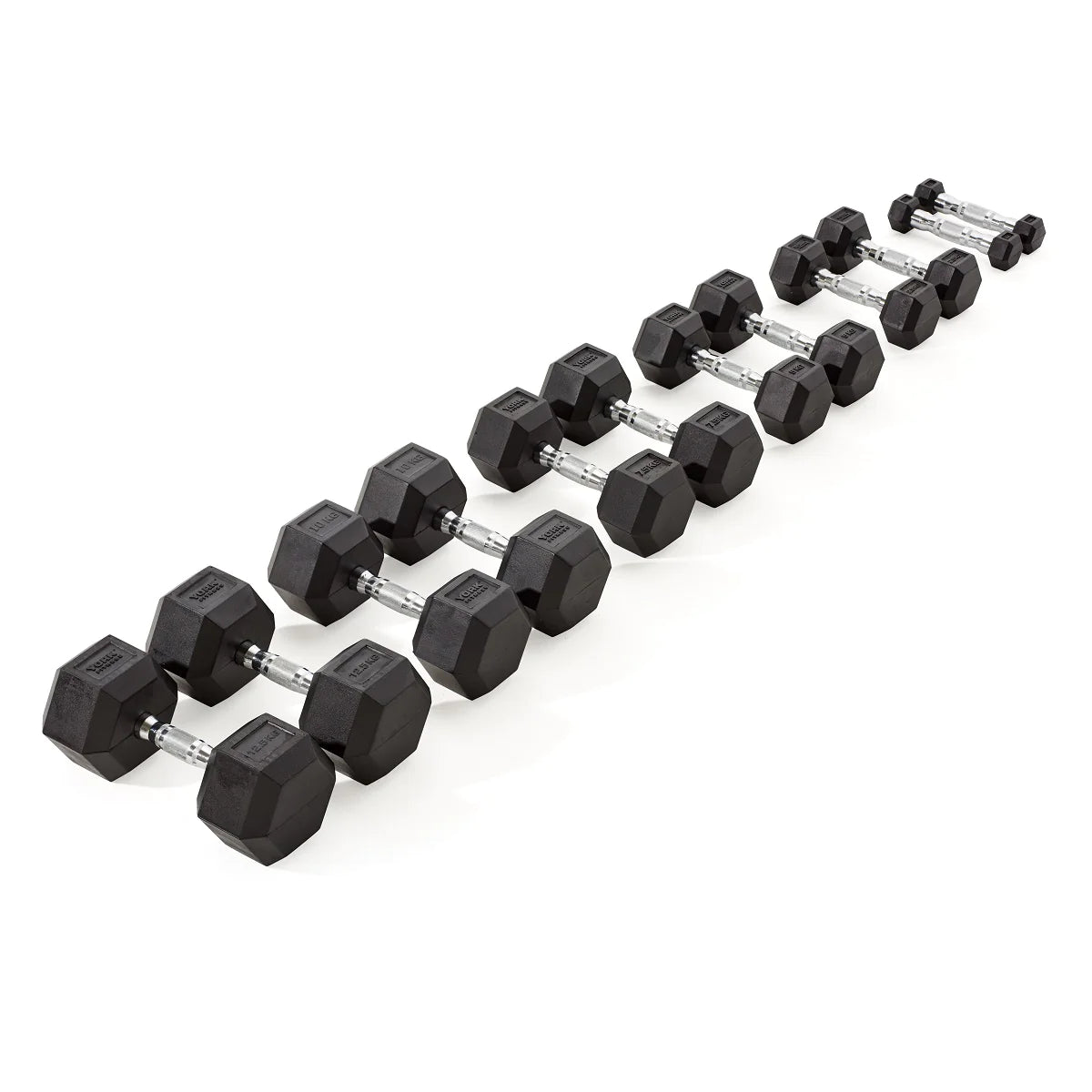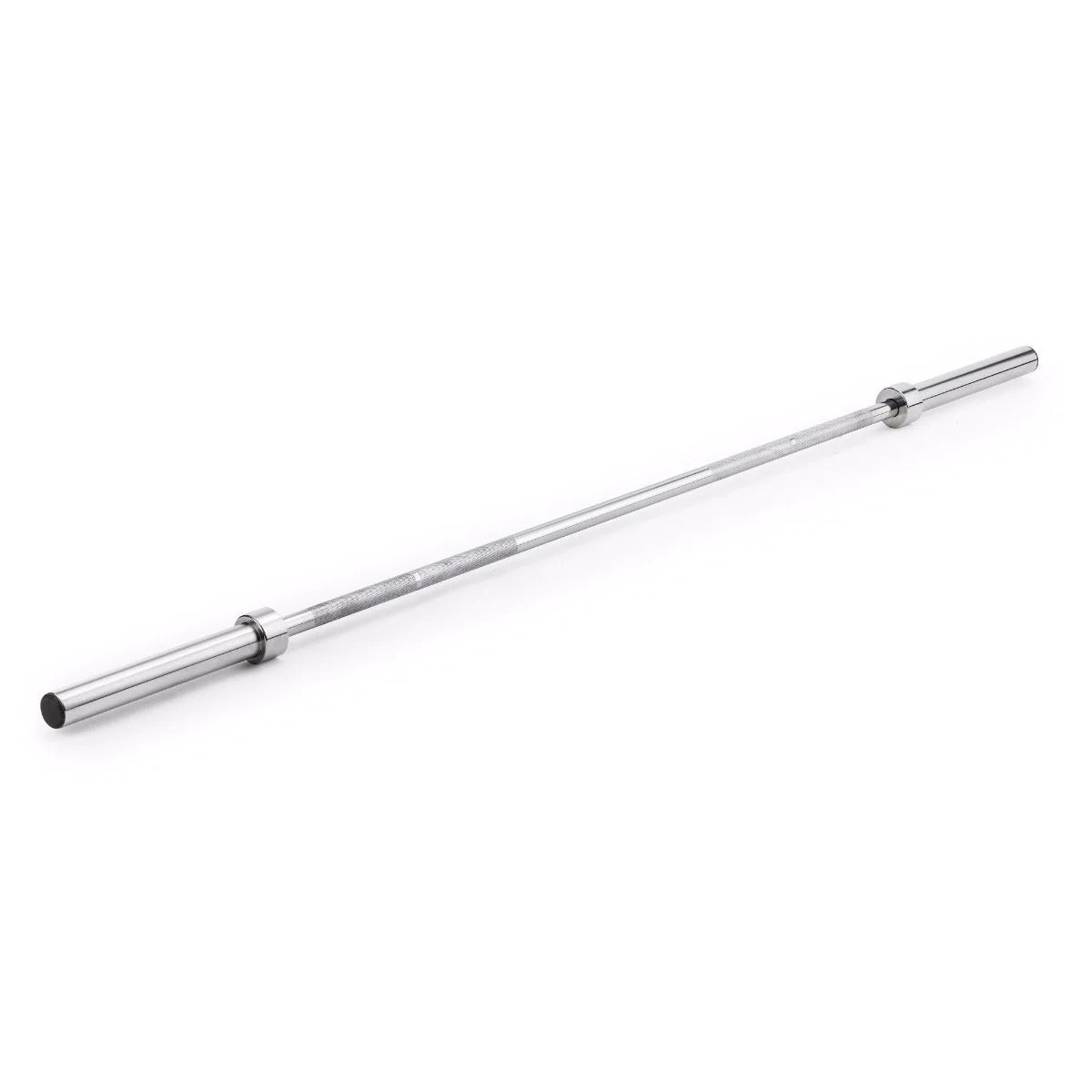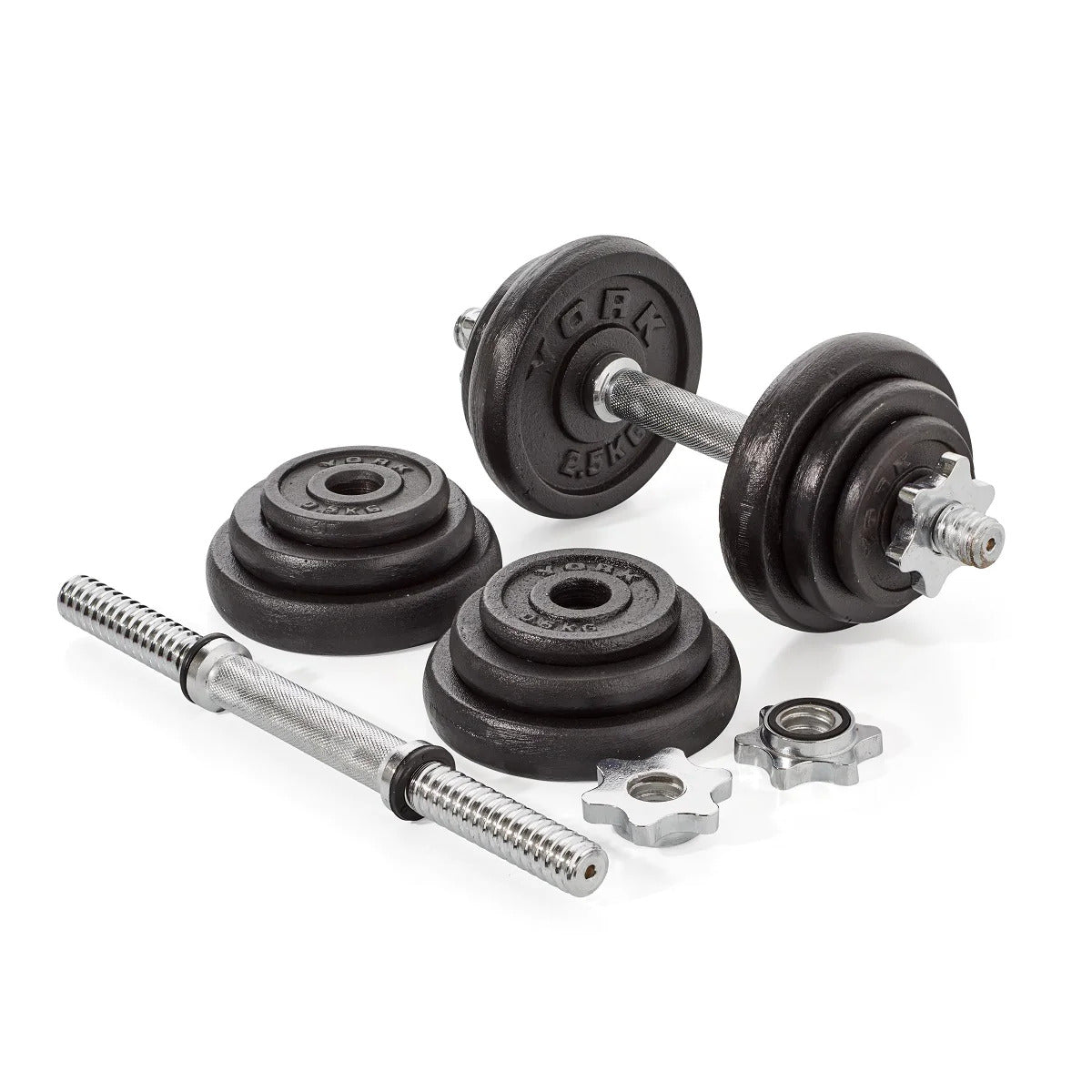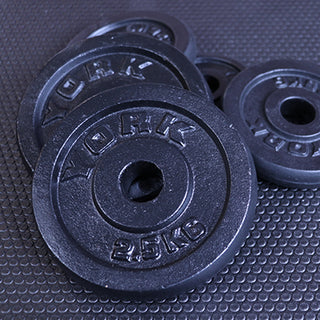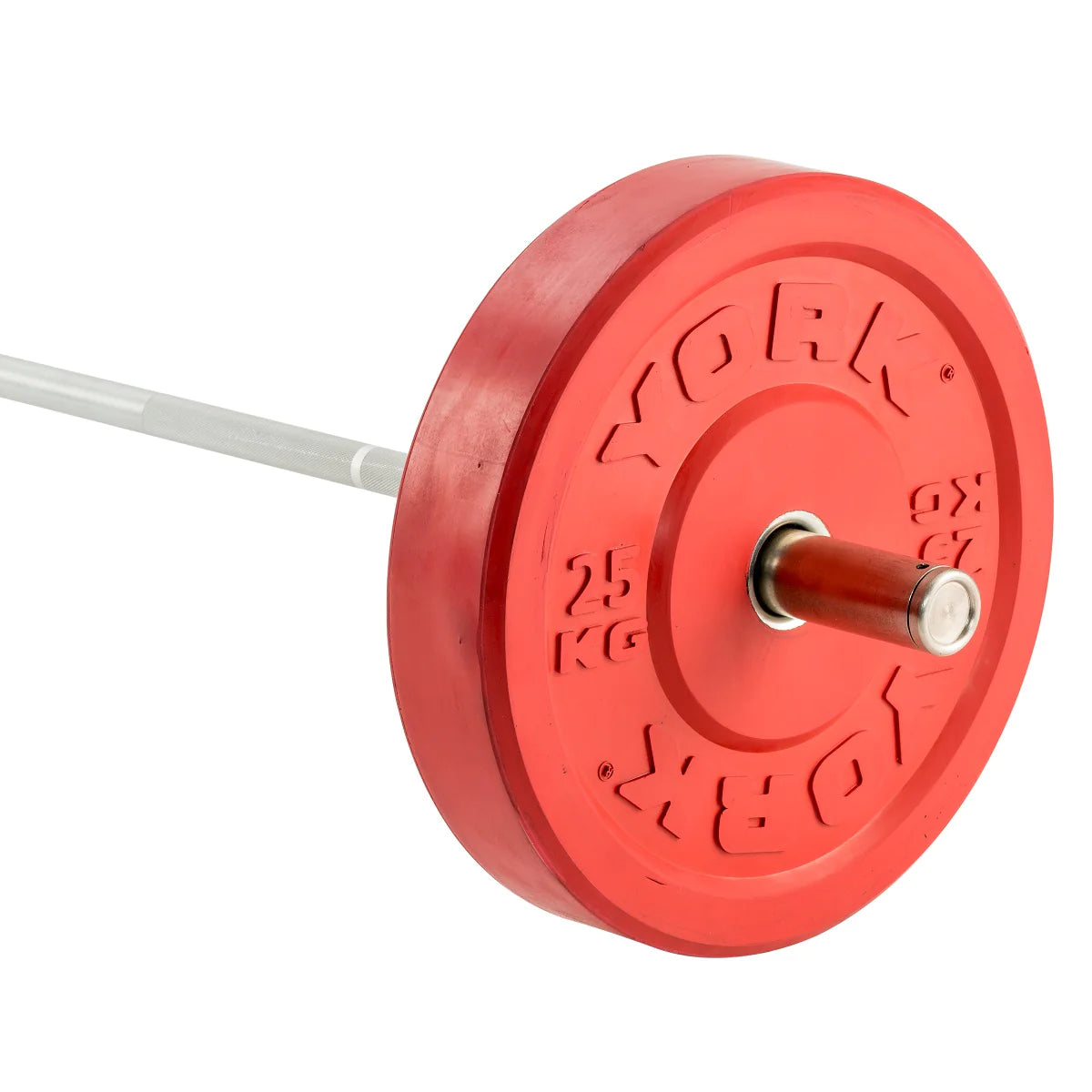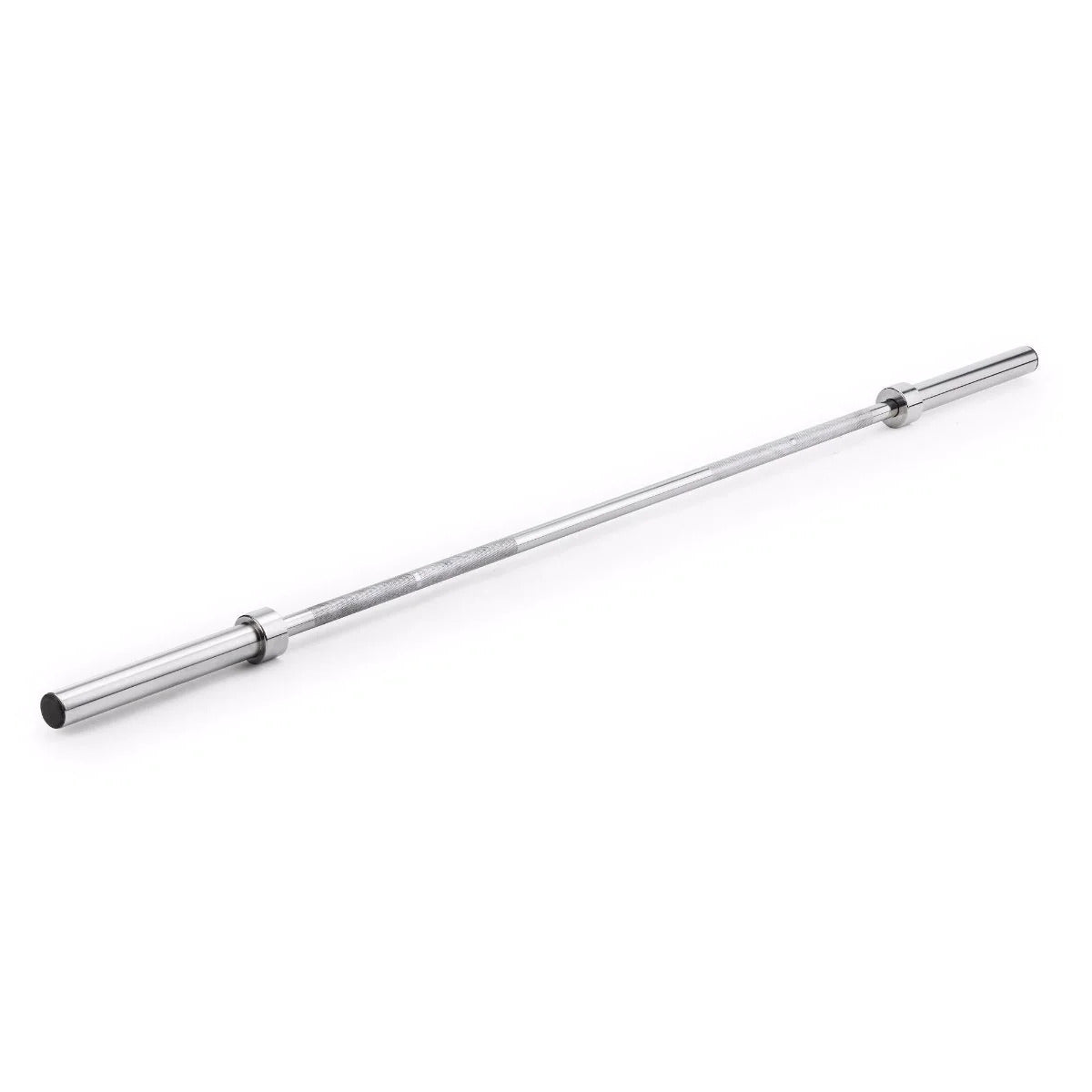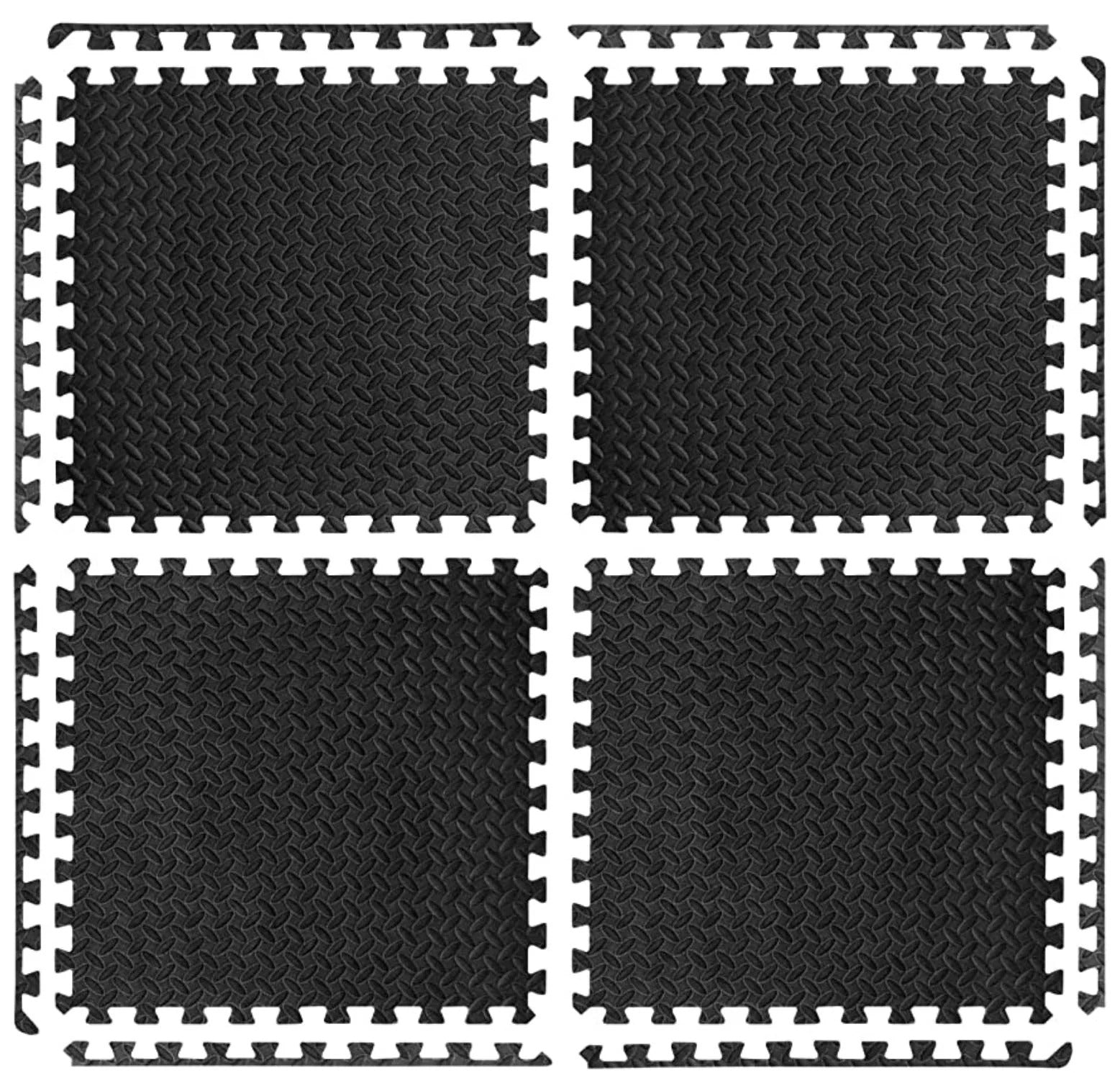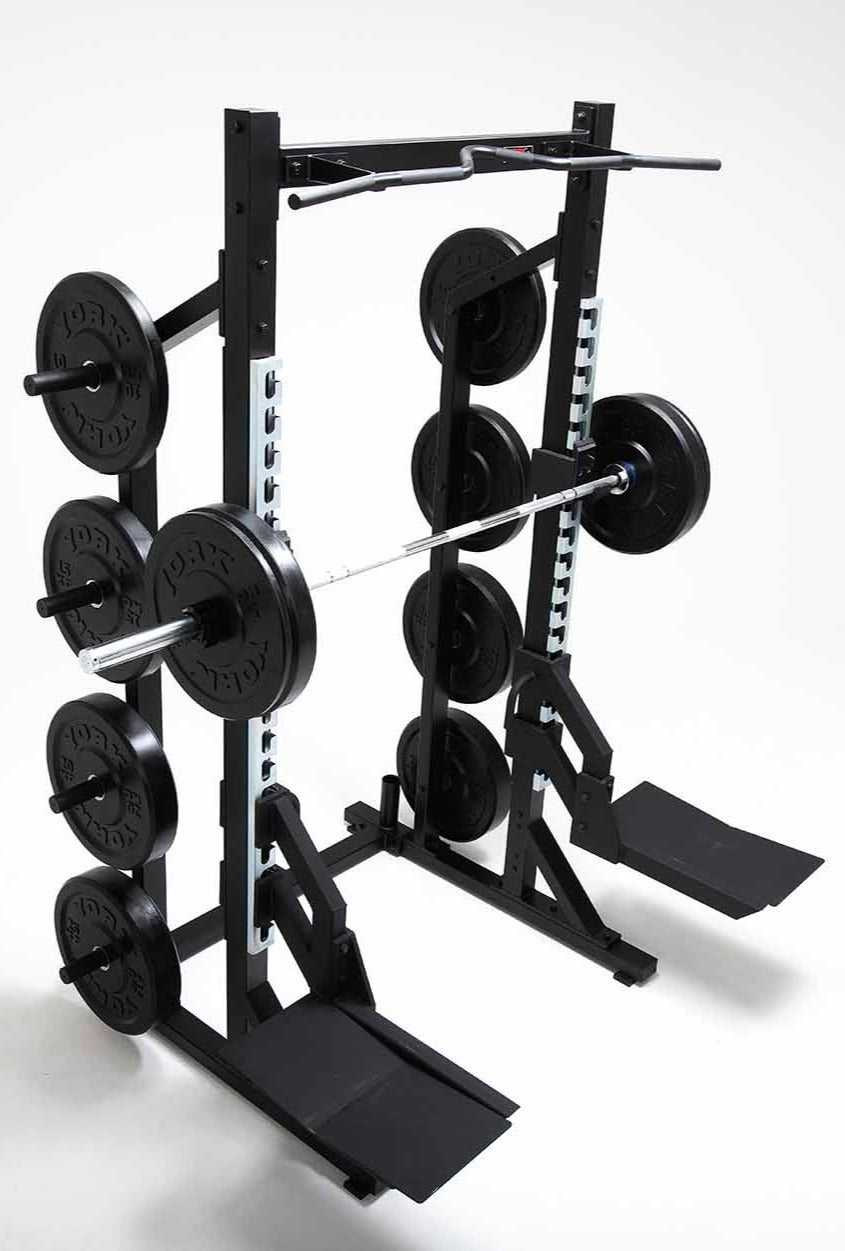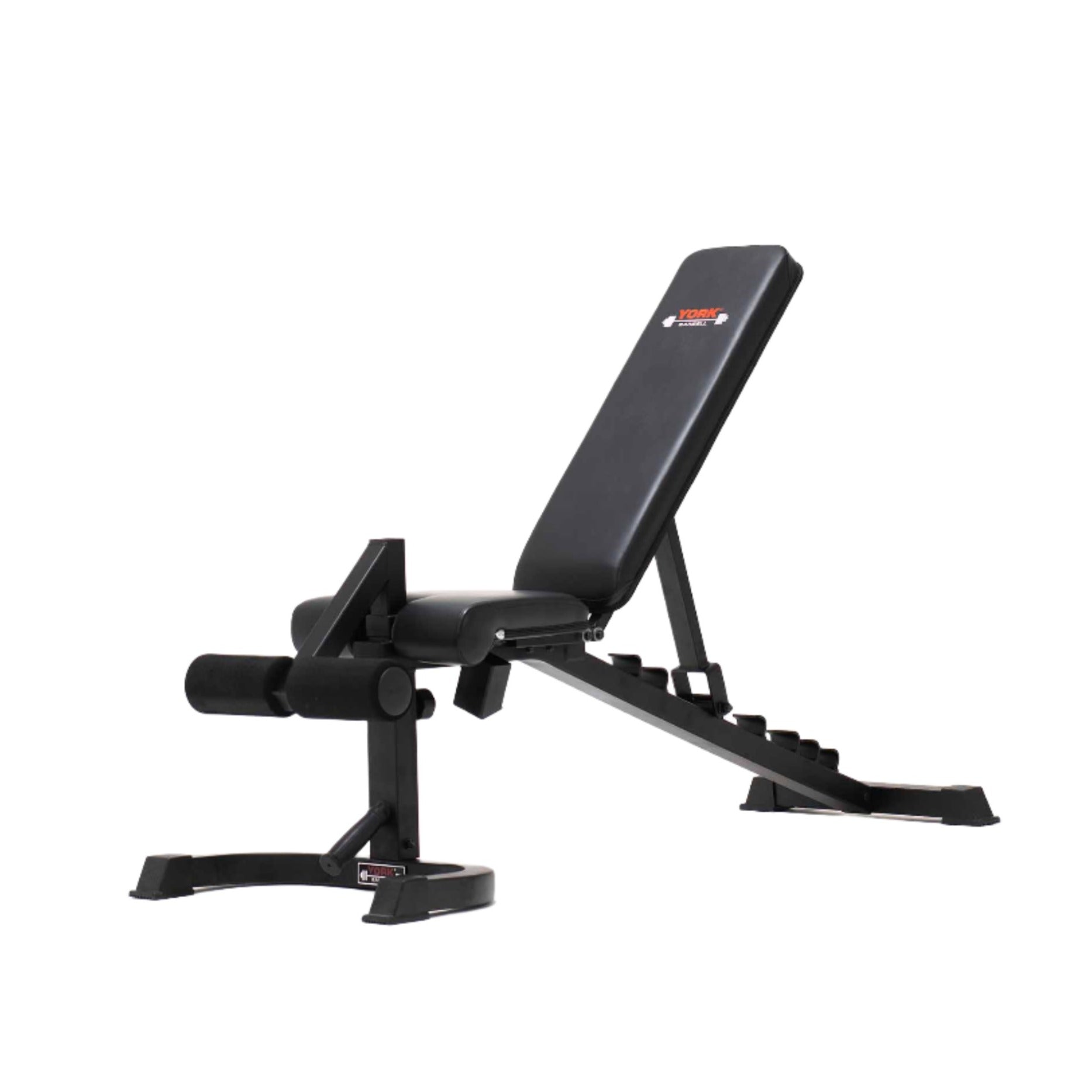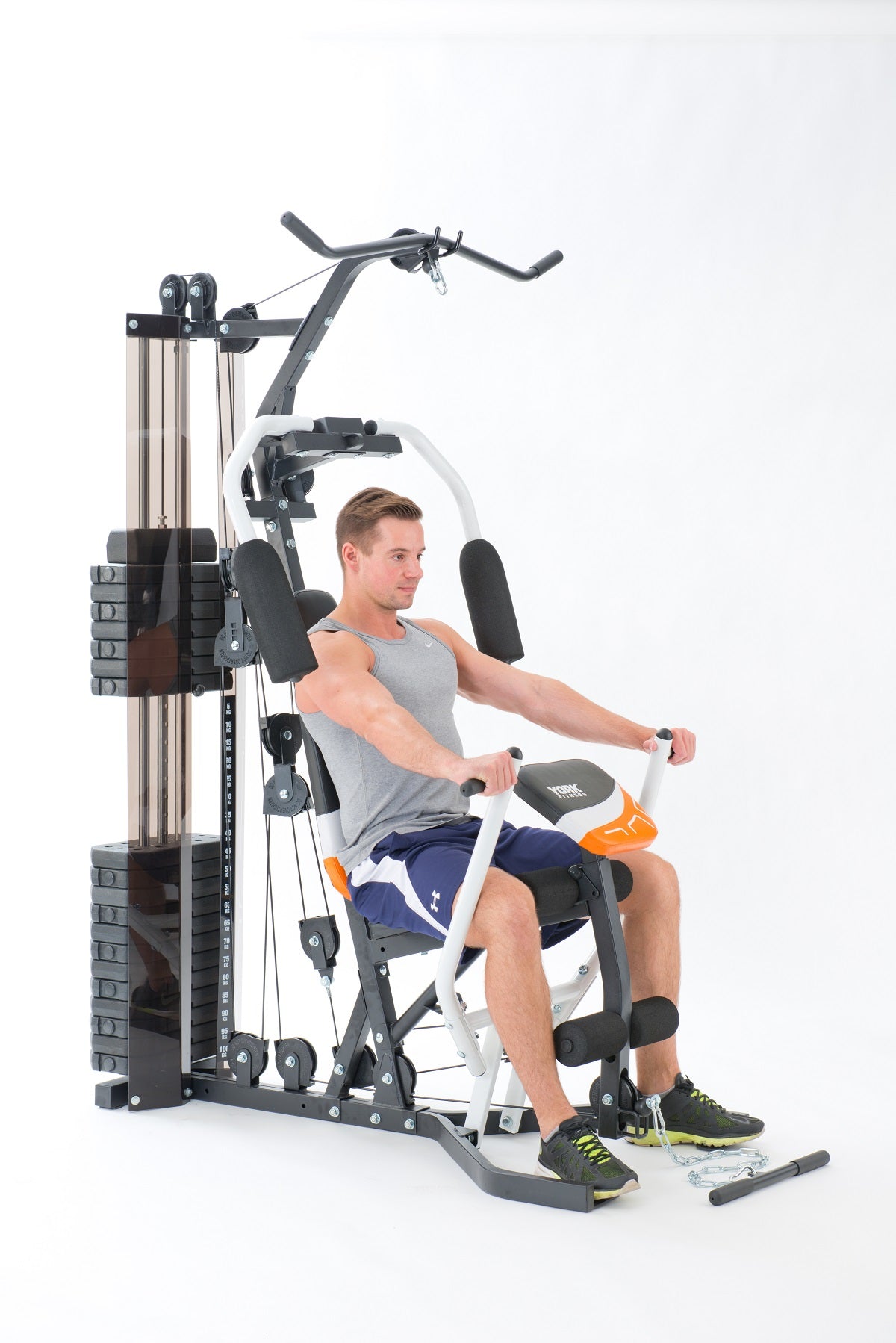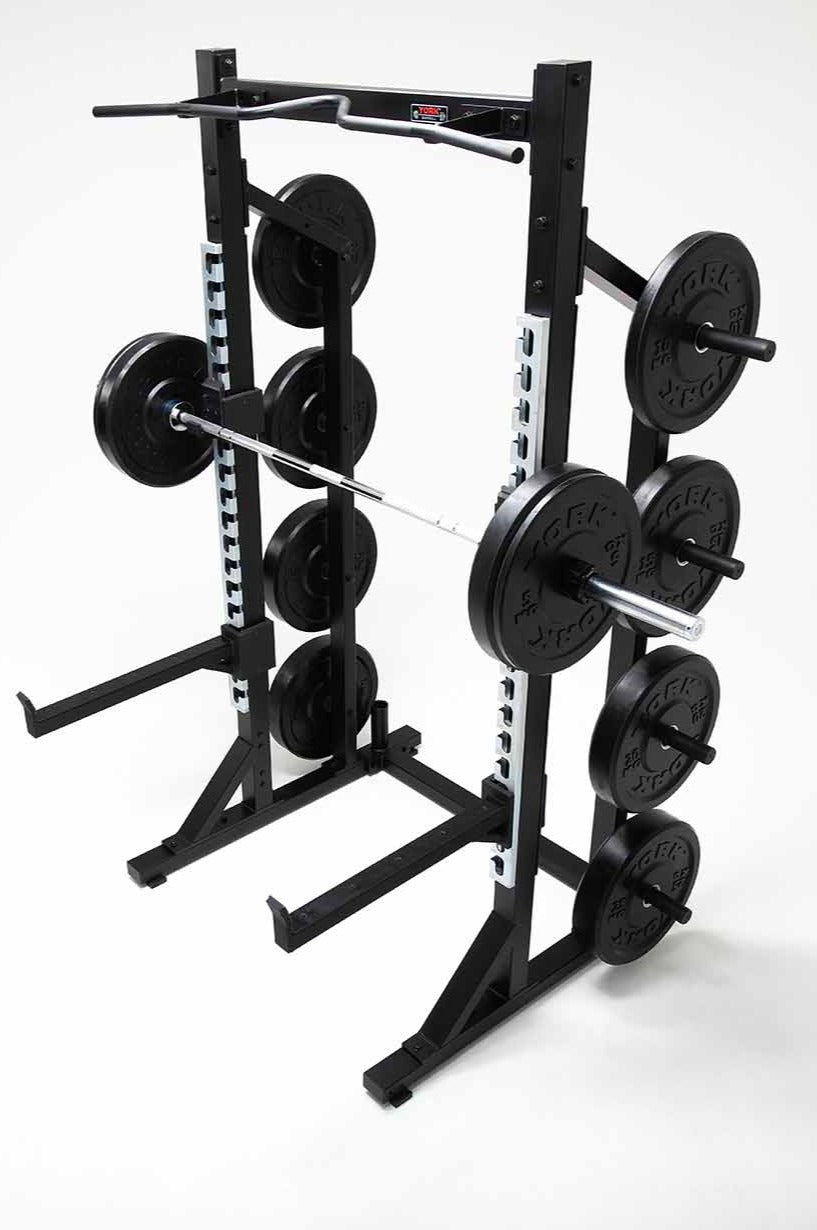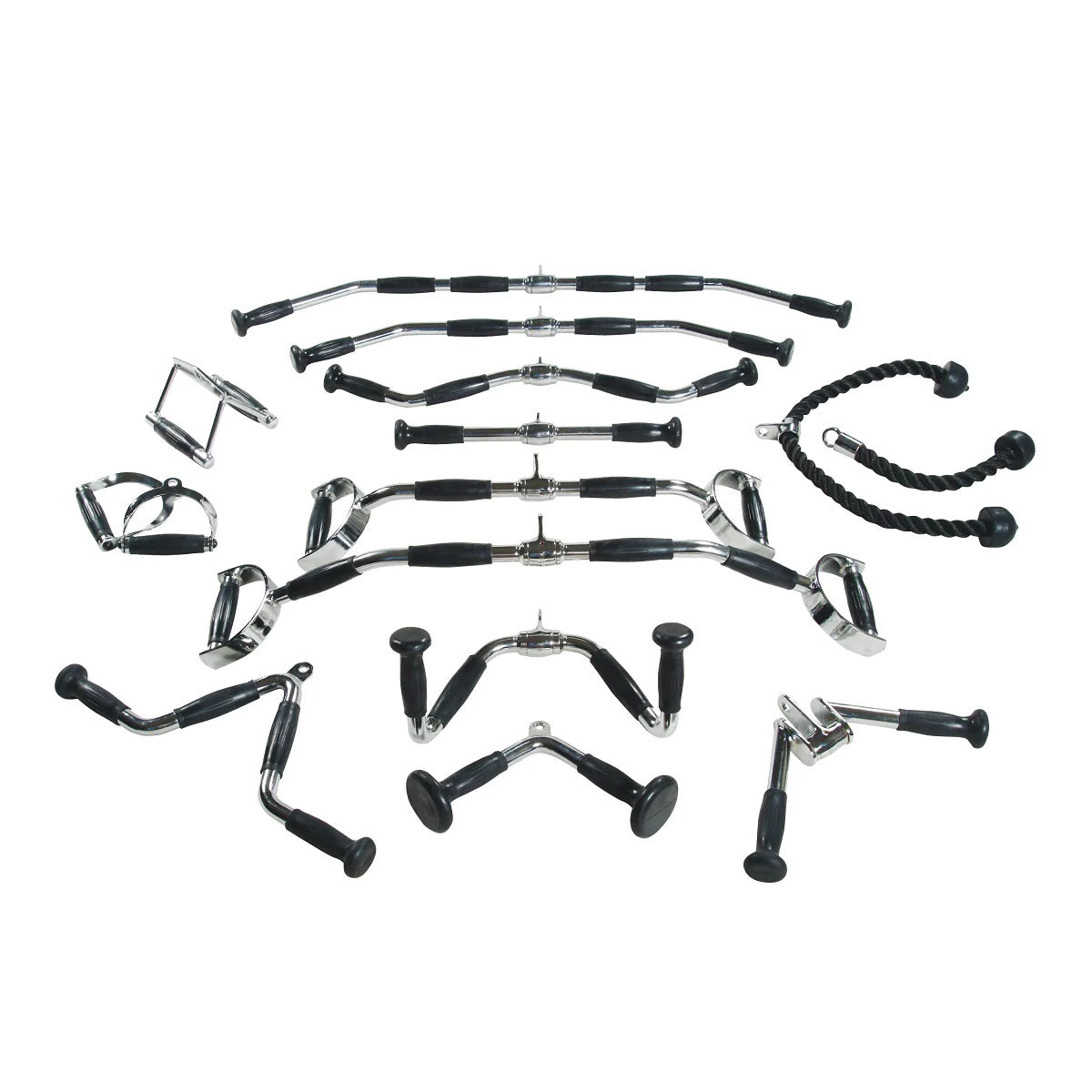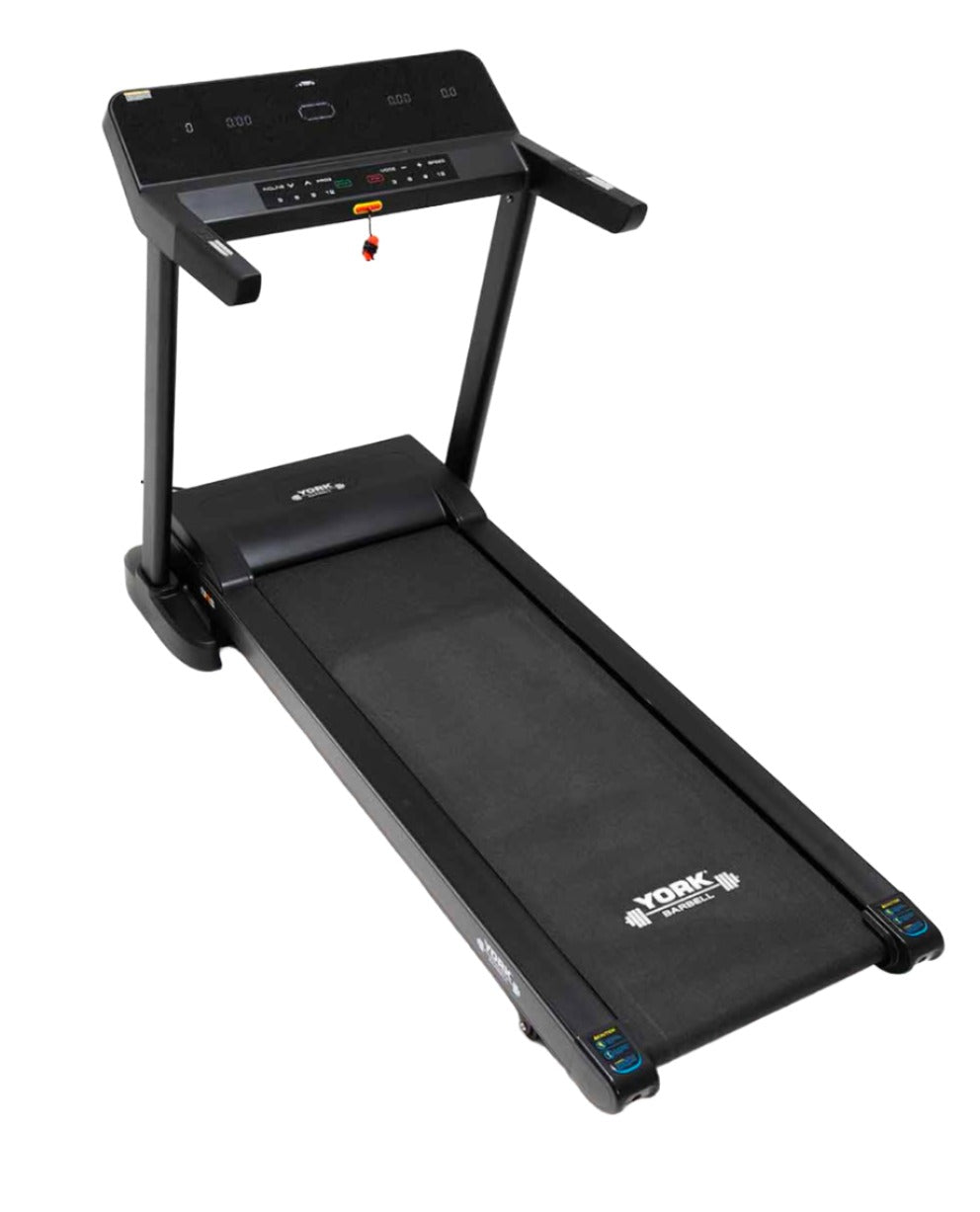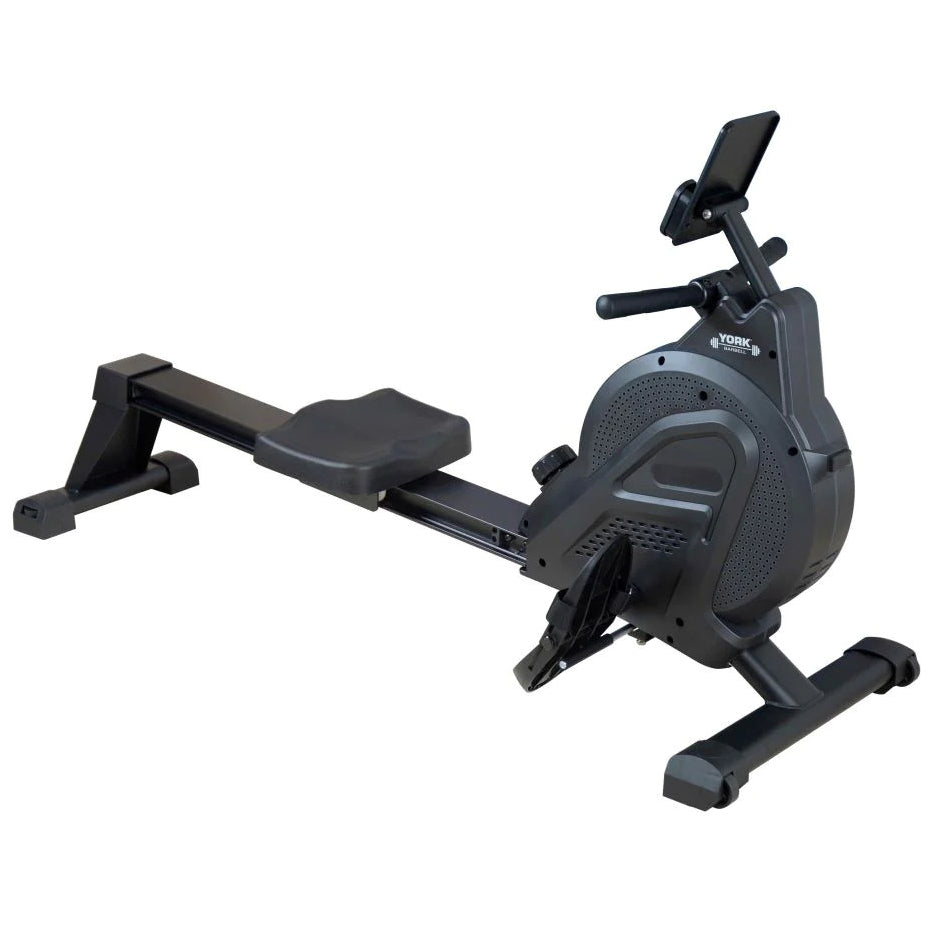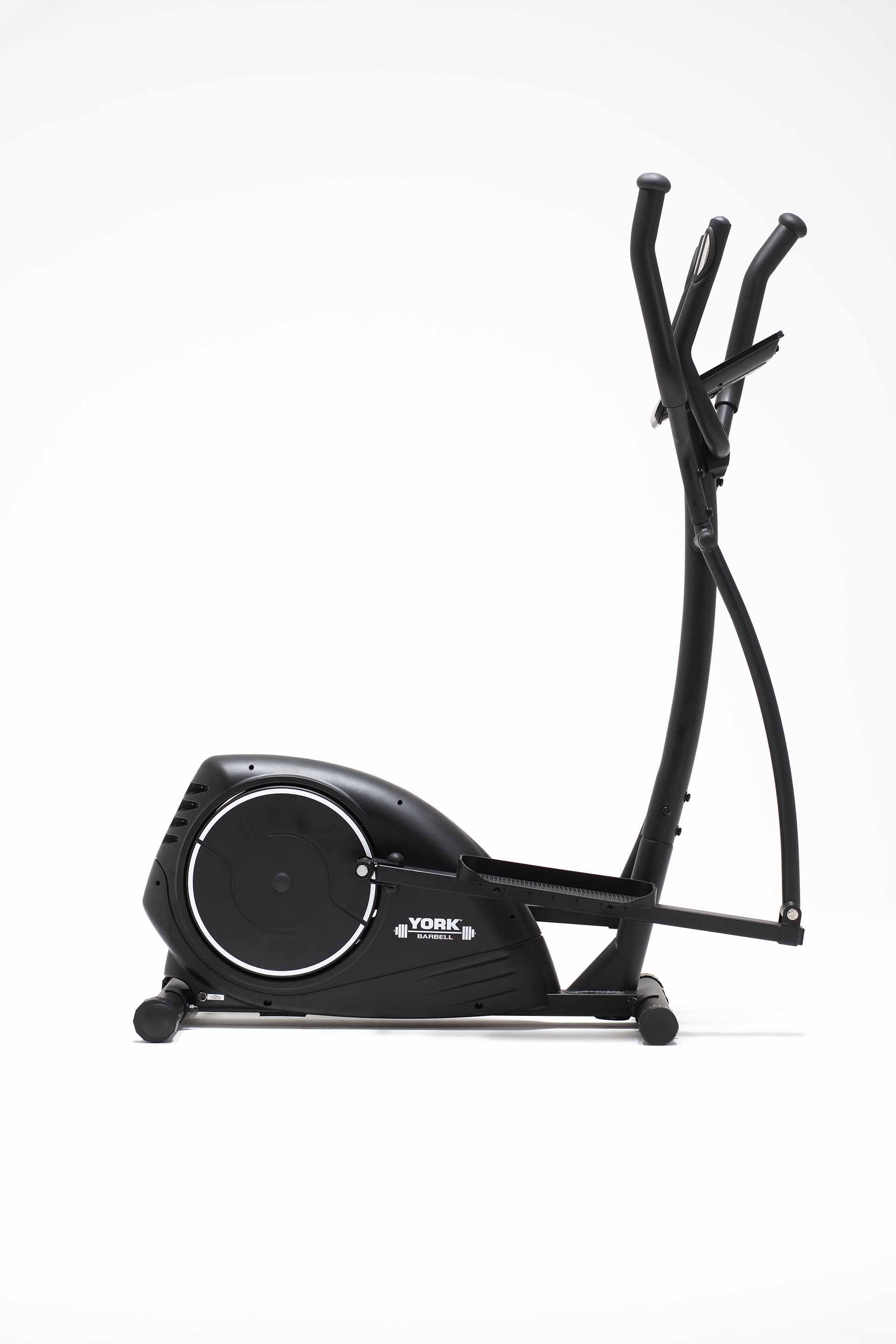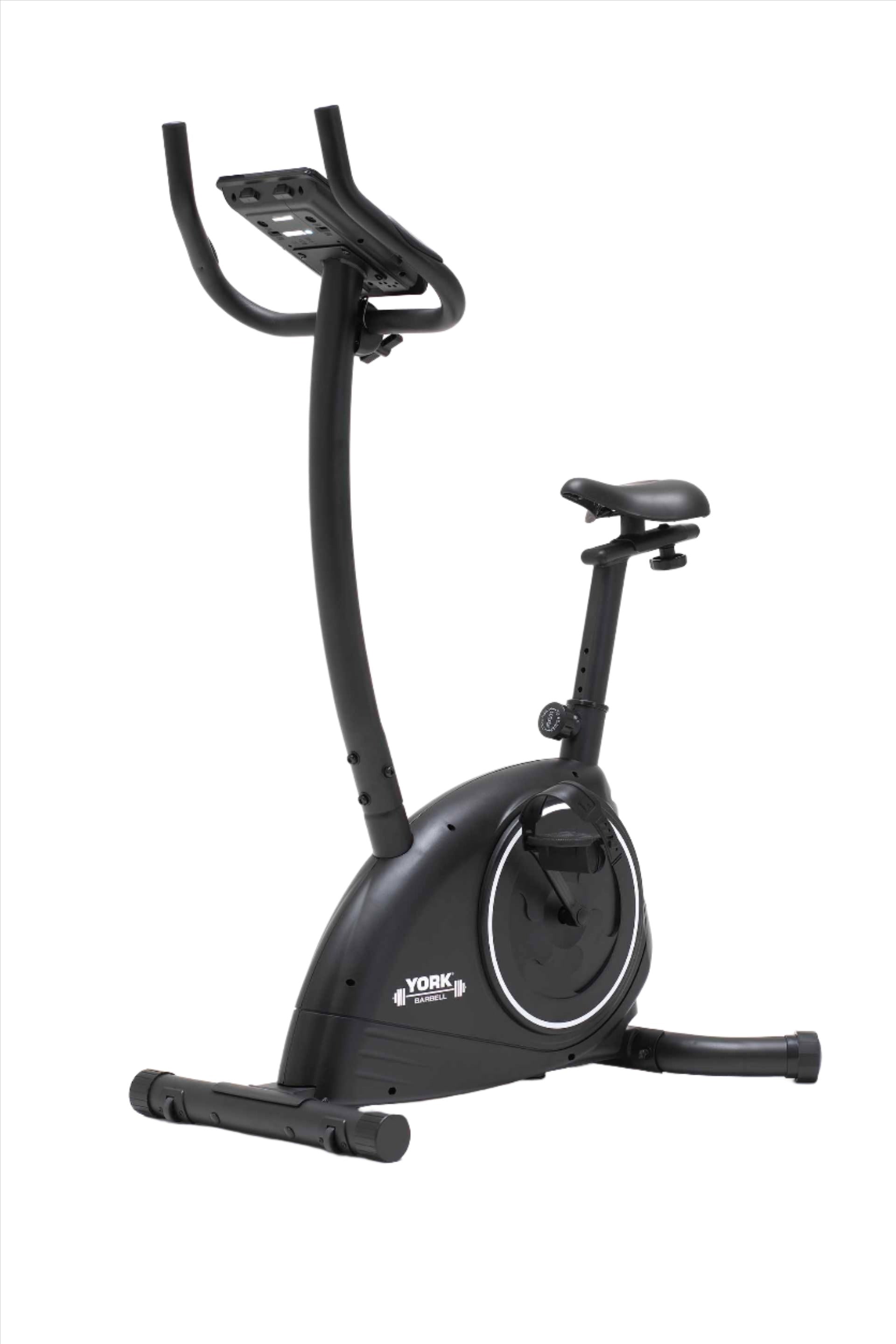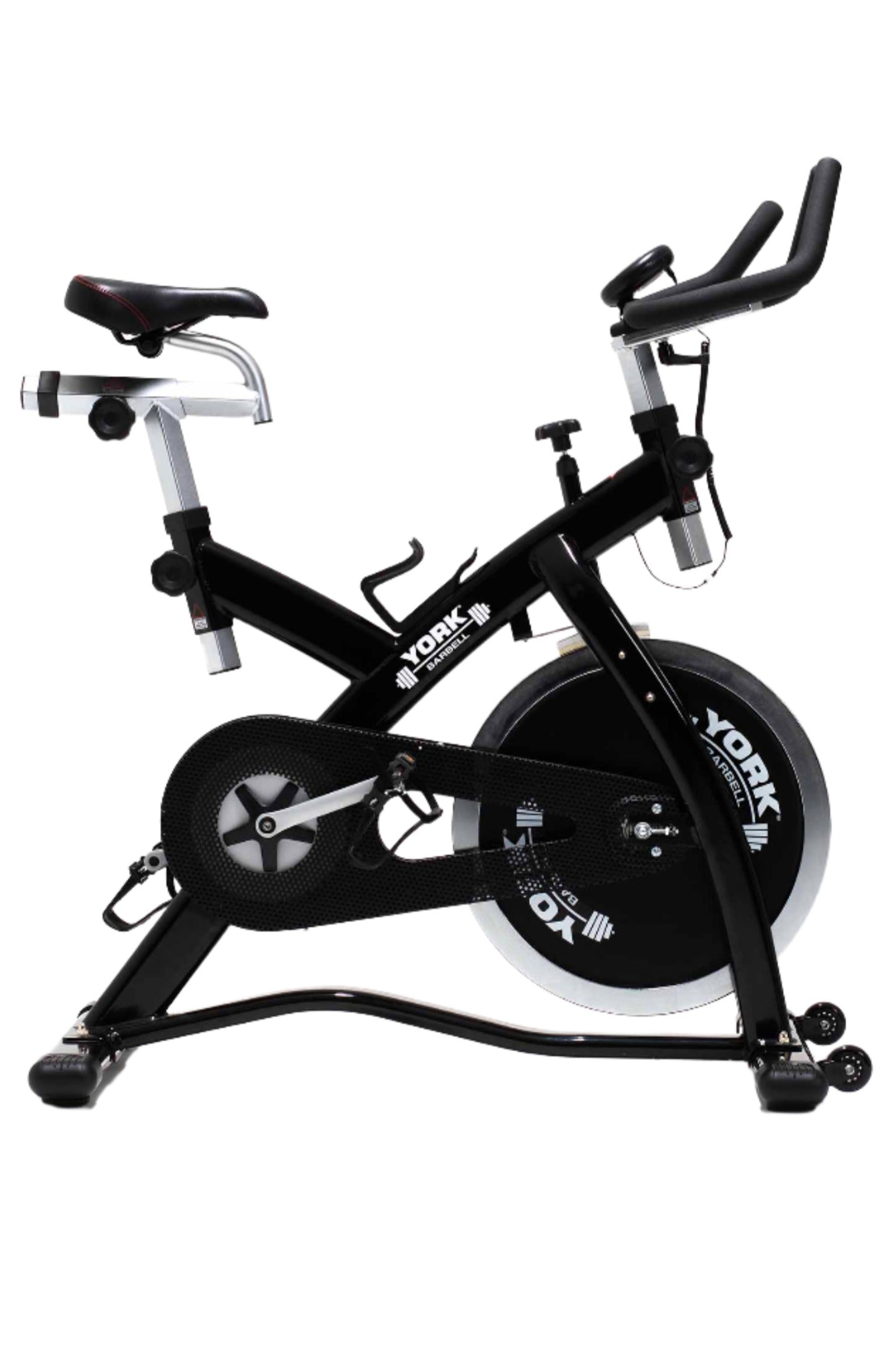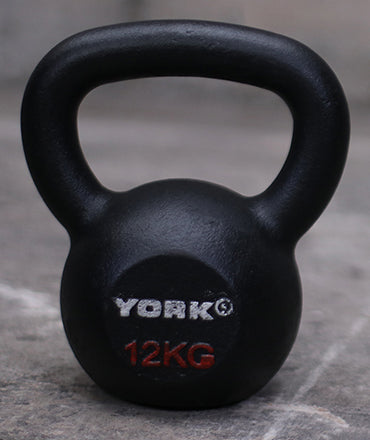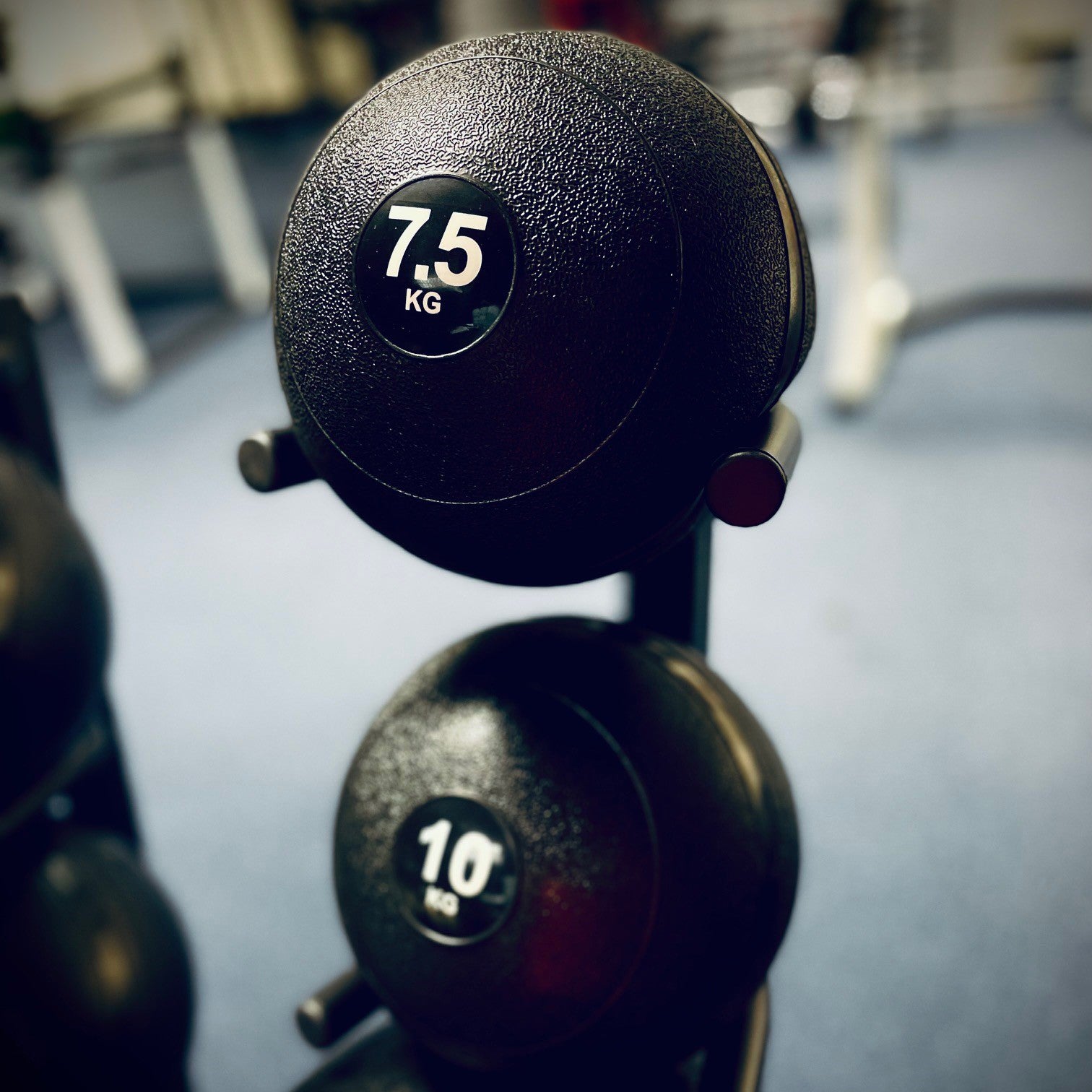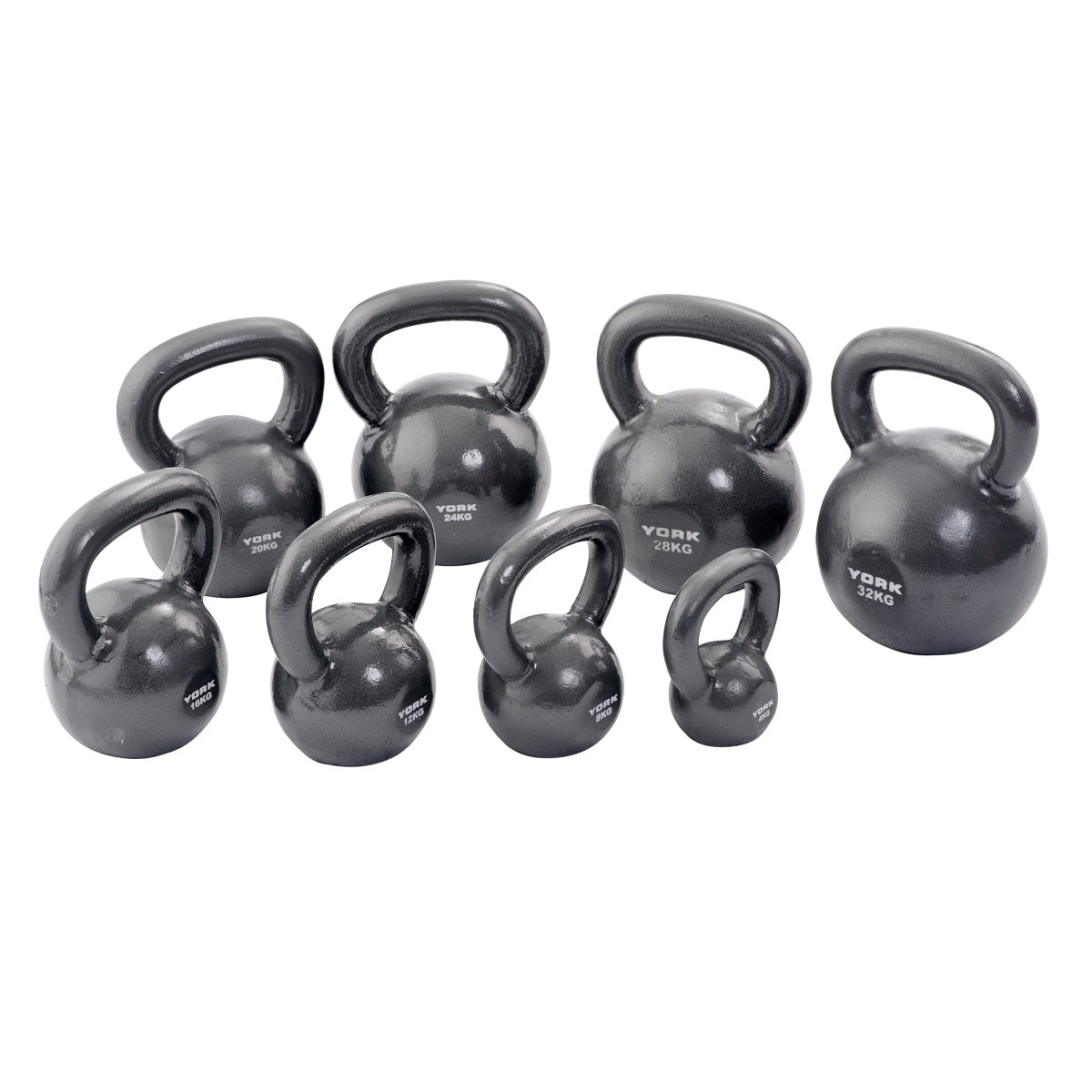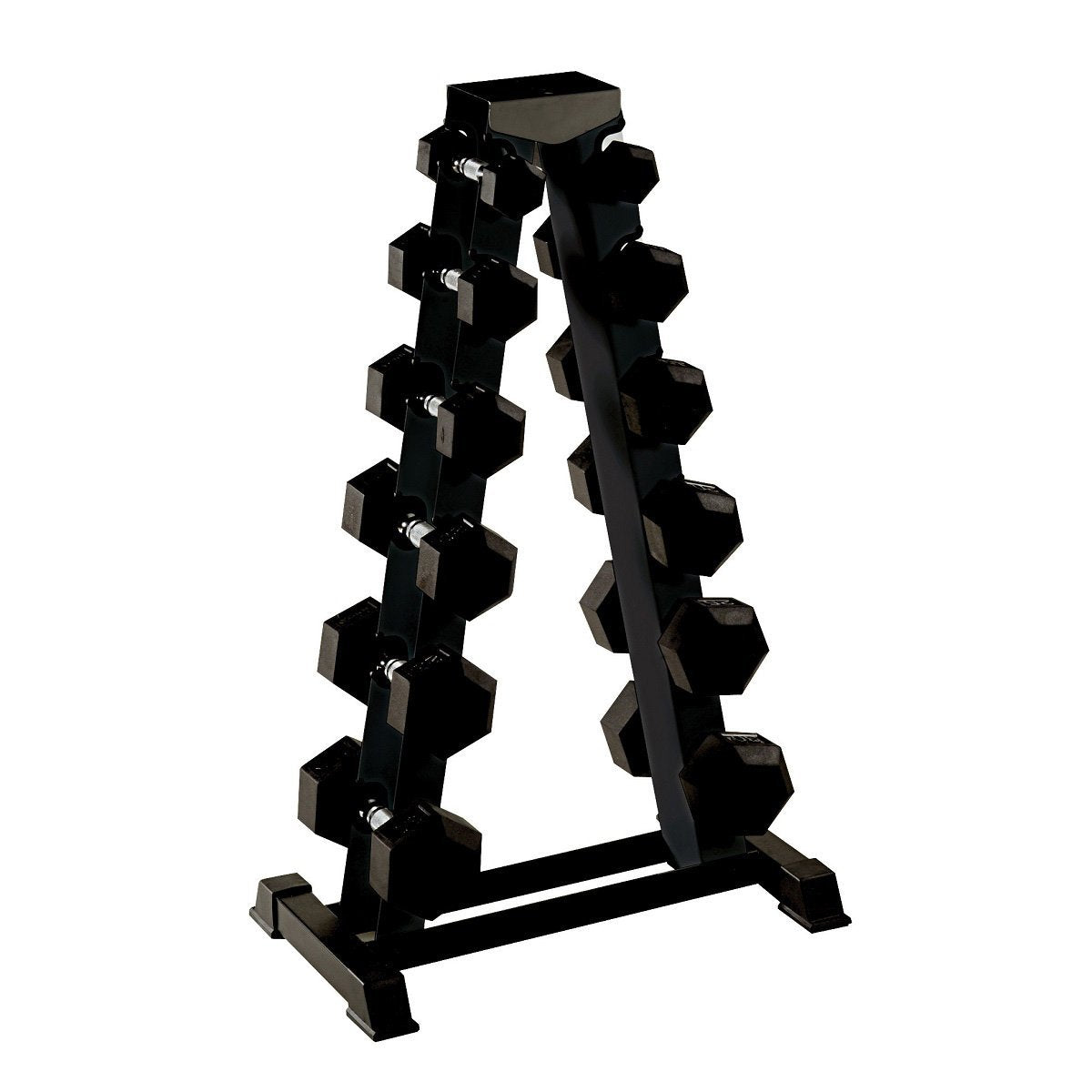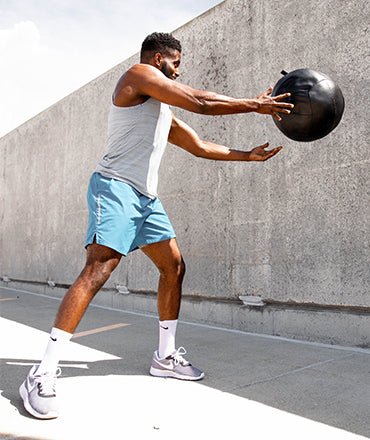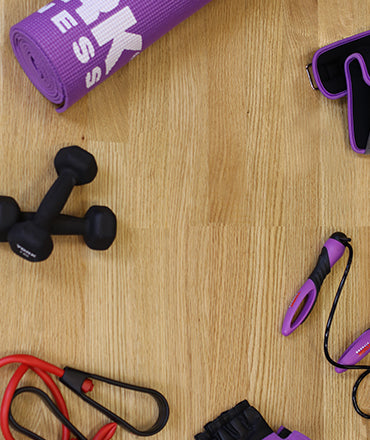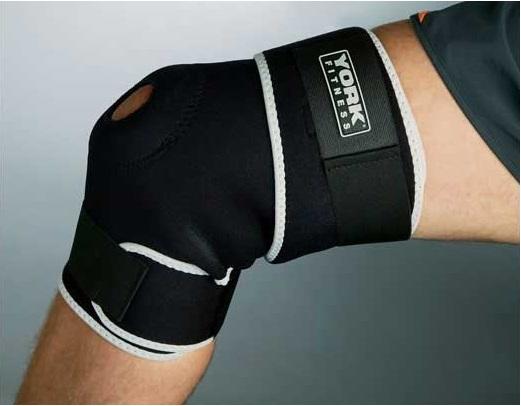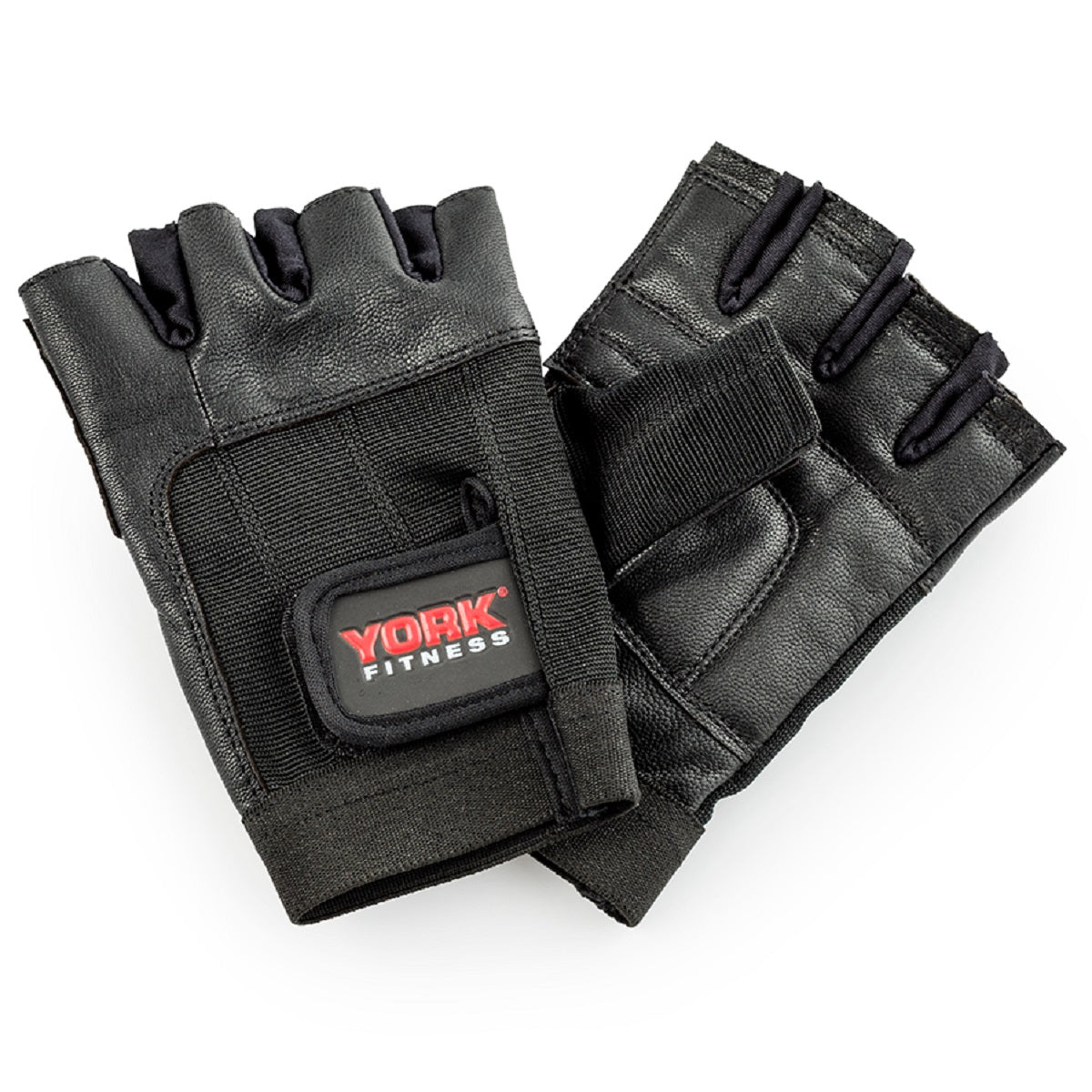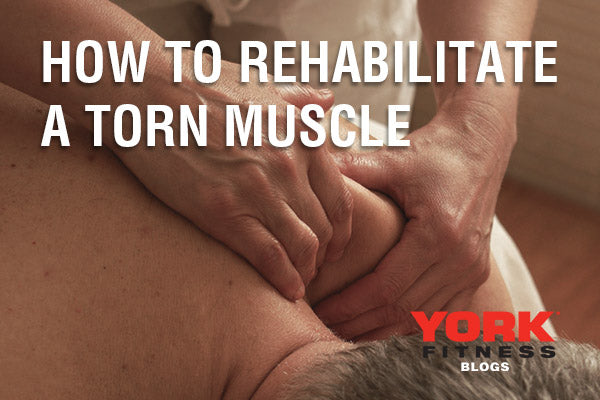If you exercise, then you'll know how annoying injuries can be. Weight training can be a very demanding activity for the body, it's therefore quite common to pick up injuries. One of the more common injuries when weight training is a torn muscle. This type of injury can be particularly painful and debilitating, depending on the severity. Regardless of the severity, you'll have no choice but to rest that particular muscle until it's recovered. You'll also need to rehabilitate the torn muscle properly, in order to improve recovery and ongoing performance, as well as reduce the chance of related injuries later on.
What is a Torn Muscle?
A torn muscle is a rupture of of the muscle fibres, leading to pain and loss of movement. In simple cases this can be at a microscopic level affecting only a few muscle fibres. At its most severe, it can be visible through the skin as a fissure across a large section the muscle, with accompanying swelling and internal bleeding. Muscle tears can be graded in severity from one to three:
Grade 1 - Pulled Muscle
The least serious grade of muscle tear, is commonly referred to as a pulled muscle. This will still result in a painful tightness, due to the muscle's self-protective spasm mechanism, several myofibrils will have been damaged at a microscopic level. Movement is still possible and strength won't be affected, but it'll be painful. You can expect the muscle to heal fully in around 2 weeks if you are sensible with rest and treatment.
Grade 2 - Partial Tear
With a partial tear, the muscle will be physically torn across several muscle fibres at a more macroscopic level. The pain will be much more severe and it'll affect everyday motion, with noticeably reduced strength and increased tightness. Swelling and even bruising are often visible, this type of damage can take 4 to 6 weeks to heal properly.
Grade 3 - Complete Tear
This is the grade of tear you really don't want to experience! The muscle body will be physically torn and the damage will be visible under the skin. The area will become severely bruised and swollen. The muscle can become detached from the essential connective tissue, such as tendon and/or fascia. It'll result in next to no movement, or even complete loss of function as the opposing muscle may lock the joint. Recovery depends on the extent of damage, need for surgery and how well rehabilitation is performed. You'll normally need several months for full recovery, and even then you may always see a 'dent' or groove under the skin.
What Causes a Torn Muscle?
Muscles are fairly elastic and capable of a fair amount of abuse, but they can only take so much force at any given moment. As muscles increase in elasticity when warm, there's less chance of injury if you're properly warmed up. Torn muscles are caused when an excessive force is applied to the muscle fibres, normally quickly, thus not giving the muscle time to accommodate the force. There are multiple reasons for this, but generally, they'll be one of the following:
-
Attempting to move a weight that exceeds your muscular capacity for that particular action.
A common example would be when attempting max lifts, having not warmed up sufficiently, or trying to lift a weight that is well outside your normal weight range. An analogy for this, is like slowly lifting an object using a rope pulley on something that's too heavy, the rope simply snaps.
-
Performing a dynamic movement too quickly.
Force is mass multiplied by acceleration. Therefore when applied quickly enough, even a small force can have devastating effects. This case is particularly relevant if you haven't warmed up sufficiently, or lift something awkwardly, thus creating a sudden jerking force. An analogy for this would be attaching an object to a fixed rope and throwing it off a building, when the rope suddenly goes tight, it snaps from the rapid acceleration force.
-
Excessive force applied to the muscle over time.
This is what happens when you are trying to resist a force that is close to your maximum muscular capacity, but sustaining the effort for a period of time. The best example for this, is a torn bicep when arm wrestling, or a torn pec when trying for that last rep on the bench press and you can't quite get there, but refuse to stop pushing!
-
Traumatic external impact.
Probably the best example of this is when martial artists or rugby players take a devastating blow to a muscle. The impact hits the muscle with such force that it ruptures the muscle fibres, causing a tear injury.
What are the Signs & Symptoms of a Torn Muscle?
Thanks to the pain associated with a muscle tear, you'll normally suspect you've torn a muscle pretty much immediately after having done so. The signs and symptoms are:
- sudden onset of pain
- limited range of movement
- stiffness
- weakness
- soreness
- bruising/discoloration
- swelling
- redness
- muscle spasms
- Lumps, bumps or recesses under the skin.
What to do if you think you've torn a muscle?
The first thing to establish is how severe the pain is. If you heard a popping or snapping sound, when the injury occurred, then you should seek emergency medical treatment as soon as possible. The same goes, if you see any lumps, bumps or 'dents' under the skin.
If it's not that severe, then the recommended course of action in the first 24 hours, is the RICE (Rest, Ice, Compression, Elevation) treatment. You may also want to consider non-steroidal anti-inflammatory drugs, such as Ibuprofen; however we can't recommend these, as medical treatment is outside the remit of this blog. Speak to a pharmacist or doctor about your options for pain and inflammation reduction.
How to Rehab a Torn Muscle.
After the initial traumatic injury period, you'll need to establish a rehab routine, to both improve and speed-up recovery. Stop icing the affected area after 24 hours, because blood flow is important to recovery. We would generally recommend seeking the advice of a physiotherapist, as they'll provide you with a personalised rehab plan. However, if the injury isn't too severe, or you decide against seeing a physiotherapist, then there's a few things you can do to help:
Step 1 - Gentle movements that don't induce excessive pain.
While the injury is still painful, you need to keep it mobile to improve scar tissue formation. Gently mobilise the muscle, expect a little pain and discomfort. If you're feeling too much pain then stop.
Step 2 - Gently massaging the area.
Once the area is able to be touched without excessive plain, then massage can help to improve scar tissue formation. This will lengthen the scar tissue and break down any hard scar tissue, reducing the chance of further injury or reduced movement.
Step 3 - Rolling & Stretching.
Once the pain starts to subside sufficiently, you can start to use a roller and gentle stretches to lengthen the scar tissue and strengthen the injury site.
Step 4 - Concentric Strength Restoration.
During the injury recovery, your muscles may atrophy due to lack of movement, they'll also reduce in strength. Once the pain has gone, you can slowly start to restore concentric strength, by focusing on concentric movements and not putting too much emphasis on eccentric (lengthening) movements. Keep the resistance lighter than your usual workouts before your injury.
Step 5 - Eccentric Strength Restoration.
At this point you should be feeling back to normal, but it's still important to focus on the eccentric strength of the injured muscle. You can use negative repetitions, where you focus on the eccentric phase of movement.
Again we always recommend seeking the advice of a physiotherapist, or other injury rehab specialist. As every injury and individual is different, they'll be able to give you a custom rehab program. This may seem expensive initially, but even a small investment of one session post-injury can actually help prevent more devastating injuries later and can improve performance, so are highly recommended.
